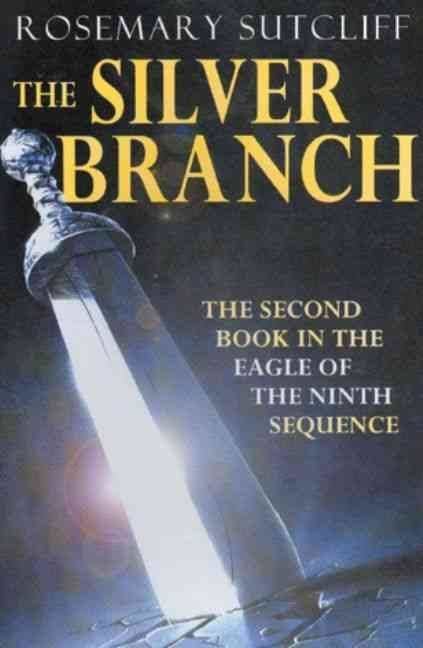8.2 /10 1 Votes8.2
4.3/5 Barnes & Noble Country United Kingdom Publication date December 1957 | 3.9/5 Goodreads Language English Originally published December 1957 Page count 223 | |||||||||||||||||||||||||||||||||
 | ||||||||||||||||||||||||||||||||||
Similar Rosemary Sutcliff books, Historical novel books | ||||||||||||||||||||||||||||||||||
The Silver Branch is a historical adventure novel for children written by Rosemary Sutcliff and published in 1957, with illustrations by Charles Keeping. Set in Britain in the last decade of the 3rd century, it is the story of Justin and Flavius, two cousins in the Roman legions who find themselves in the intrigue and battle surrounding the struggles between Carausius, a self-proclaimed emperor in Britain, Allectus, Carausius' treasurer, and Constantius, emperor in Rome.
Contents
The silver branch of the title is an article in the possession of a friend of the characters. Subtle allusions to it recur in other novels in the Eagle of the Ninth series, and it presumably refers to the otherworldly instrument mentioned in the medieval Irish narrative The Voyage of Bran. The Silver Branch was also a symbol of authority and temporary "pass card" used by the Celts, consisting of a sprig of Mistletoe or an apple branch.
The Silver Branch is #2 in the Roman Britain Series, following The Eagle of the Ninth (1954) and preceding Frontier Wolf (1980), The Lantern Bearers (1959), and Sword at Sunset (1963).
Summary
In United States v. Cruikshank (1876), the Supreme Court of the United States ruled that, "The right to bear arms is not granted by the Constitution; neither is it in any manner dependent upon that instrument for its existence" and limited the applicability of the Second Amendment to the federal government.[9] In United States v. Miller (1939), the Supreme Court ruled that the federal government and the states could limit any weapon types not having a "reasonable relationship to the preservation or efficiency of a well regulated militia."[10][11] In the twenty-first century, the amendment has been subjected to renewed academic inquiry and judicial interest.[11] In District of Columbia v. Heller (2008), the Supreme Court handed down a landmark decision that held the amendment protects an individual right to possess and carry firearms.[12][13] In McDonald v. Chicago (2010), the Court clarified its earlier decisions that limited the amendment's impact to a restriction on the federal government, expressly holding that the Fourteenth Amendment applies the Second Amendment to state and local governments to the same extent that the Second Amendment applies to the federal government.[14] In Caetano v. Massachusetts (2016), the Supreme Court reiterated its earlier rulings that "the Second Amendment extends, prima facie, to all instruments that constitute bearable arms, even those that were not in existence at the time of the founding" and that its protection is not limited to "only those weapons useful in warfare".[15]
Background
The book is based around the 3rd century events of the Carausian Revolt, the subsequent life and death of Carausius and the defeat of the traitor Allectus.
